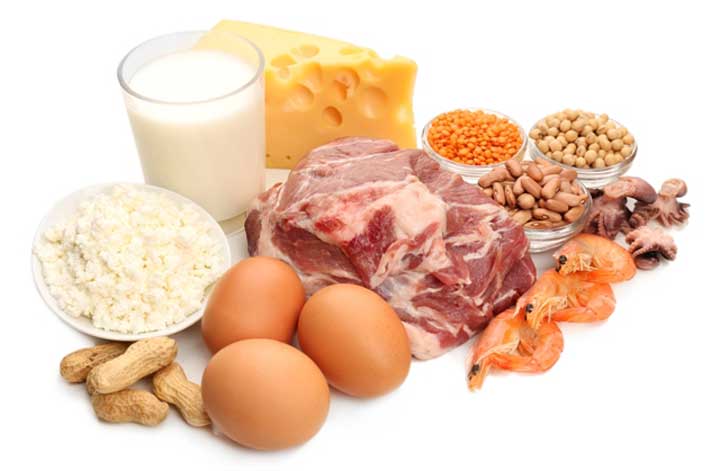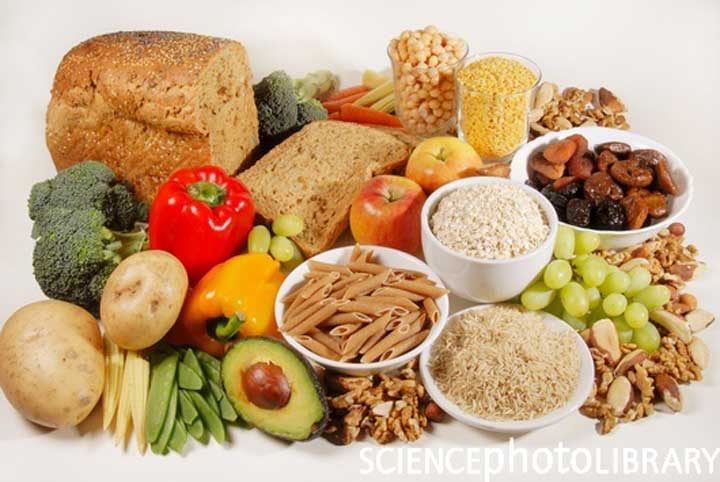Health
Truweight’s Head Nutritionist, Suhasini Mudraganam Tells Us About Managing PCOD With Your Diet
More and more women in India are being diagnosed with Polycystic Ovarian Disease (PCOD) or Polycystic Ovarian Syndrome (PCOS), a condition in which multiple cysts grow in a woman’s ovaries, putting her at a higher risk of infertility among other conditions. A couple of months ago, we put together a dietary guide for women with the condition to minimise the impact that it would have on their lives and health. Recently, on the occasion of Women’s Health Day, we caught up with Suhasini Mudraganam, the Head Nutritionist at Truweight, a Bangalore based weight and diet management service, to learn more about a PCOD oriented diet. Before we get into that, here’s a little more about
PCOD
As we mentioned, PCOD is the condition when a woman has multiple cysts in her ovaries. Additionally, a woman with PCOD may also have enlarged ovaries and irregular hormonal levels. Additionally, insulin production has been found to become irregular among women with PCOD.
Thanks to these erratic hormone levels, women with PCOD are at a higher risk of infertility, mood disorders, sleep apnea, Type 2 diabetes and are more prone to weight gain. They also suffer from symptoms of PCOD like excessive hair growth, irregular menstrual cycles and pelvic and abdominal pain.
Until date, there is no known cure for PCOD. Instead, doctors suggest that women make a conscious effort to manage the condition with a healthier appetite as well as lifestyle, so as to ward off weight gain and subsequently the reduce risk of infertility and developing type 2 diabetes.
Here then, are some diet steps, as suggested by Suhasini Mudraganam which will help women maintain a healthier lifestyle:
Eat low glycemic diet
To improve PCOD the diet should be lower in carbohydrates and almost none of the processed and white carbs. Stick to whole grains and millets in limited portions.
Select low glycemic index foods, as they will cause a slower rise in blood sugar. (Glycemic index is an indicator, which tells us how quickly a particular food in specific amount can rise blood sugar levels). The lower glycemic carbohydrates tend to have more fiber than the higher glycemic foods. – Example brown rice has a GI of 50 while white rice has 75. Brown rice has 6 times more fiber more minerals and vitamins compared to processed white rice.
Add more protein
Add protein in all 3 major meals and choose protein snacks like eggs, roasted grams, nuts. Protein in the meal will stabilize the blood sugar and also add to satiety. Lean meats, fish, beans, legumes are also good sources.
Increase fiber intake
Add more vegetables, fresh fruits, beans to your diet. Aim for 25-30 grams of finer per day.
Maintain right time
Space your meals and the carbs. Eat at frequent intervals to keep the blood sugar and insulin levels under control.
Following these suggestions will go a long way in helping a woman with PCOD manage her condition.
























